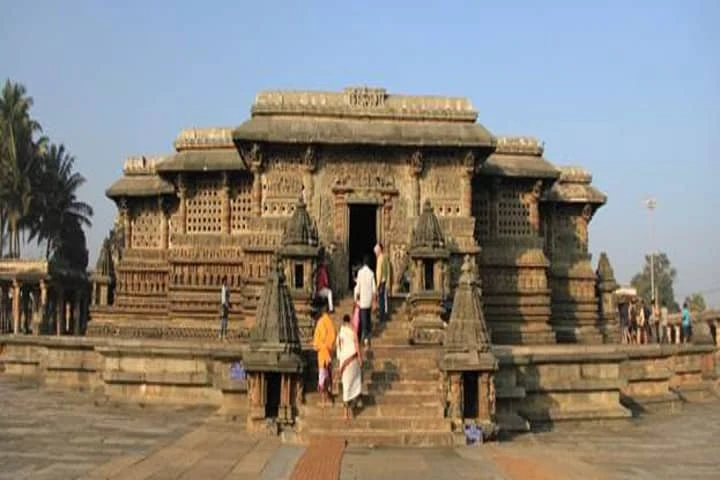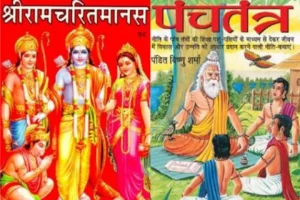Karnataka’s Hoysala temples of Belur, Halebid and Somnathapura will be India’s nomination for World Heritage List for the year 2022-2023. These temples have been on UNESCO's Tentative list since 2014.
Built in the 12th and 13th Centuries, these temples or the sacred ensembles of the Hoysalas consist of three components of Belur, Halebid and Somnathapura and are a testimony to the creativity and skill of the Hoysala artists and architects.
The temples have a basic Darvidian morphology though they reflect other influences including that of Central India’s Bhumija mode, northern and western India’s Nagara traditions, and Karntata Dravida modes of the Kalyani Chalukyas. The Hoysala architects made selections of features from other temple styles, which they further modified with their own particular innovations. This resulted in a new Hoysala Temple form.

Hoysalesvara Temple, Halebidu
The three temples are protected monuments and their conservation and maintenance is taken by Archaeological Survey of India (ASI).
The dossier on the monuments has been submitted to the World Heritage Centre which will conduct a technical scrutiny. India’s Permanent Representative to UNESCO, Vishal V Sharma, formally submitted the nomination to UNESCO’s Director of World Heritage, Lazare Eloundou yesterday.
Following this there will be site evaluation and the dossier will be taken up for consideration next year.
The Minister of Culture, Tourism and Development of Northeastern Region, G. Kishan Reddy commenting on the nomination said: “This is a great moment for India to see the Sacred Ensembles of the Hoysalas temples being submitted for inscription in the World Heritage List.”

Keshava Temple, Somanathapura
Also read: World Heritage Site plaque of Ramappa Temple unveiled




















